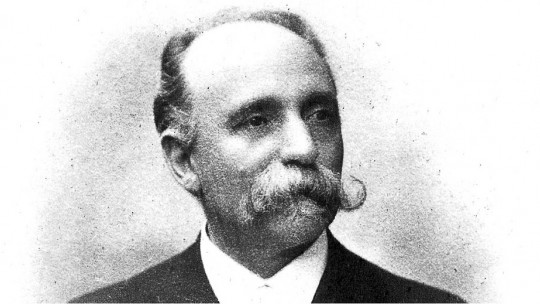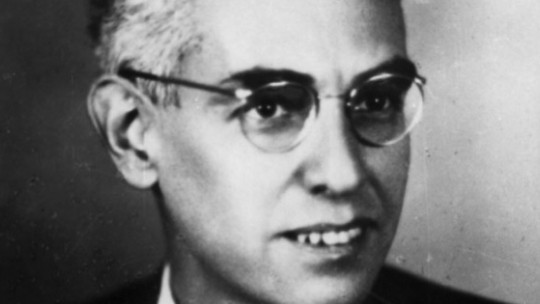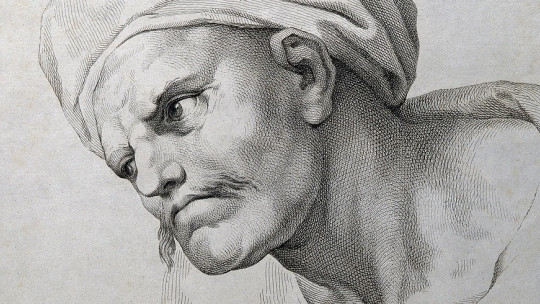
The Italian physiologist Camillo Golgi (1843-1926) is recognized as one of the fathers of cell biology. He specifically is known for the development of a technique that revolutionized modern science: the silver staining technique, or the Golgi technique. Not only that, but there are different cellular tissues that to this day bear his name.
In this article we will see a brief biography of Camillo Golgi and we will review some of the most important characteristics of his life and his scientific legacy.
Biography of Camillo Golgi: life of a pioneer of cytology
Camillo Golgi was born on July 7, 1843 in the city of Corteno, current province of Brescia, in Italy. In 1865 he graduated from the University of Padua with a degree in medicine, and began practicing in the psychiatric and criminological area. Nevertheless, His interest soon moved towards histology (the discipline that studies the structure, development and functions of organ tissues).
Specifically, while working in the experimental pathology laboratory under the guidance of histology professor Giulio Bizzozero, Golgi became significantly interested in the development of experimental and research techniques in the same discipline.
Later, while working as a physicist in a research residence for people with chronic disorders (in the laboratory of the Chronicity Hospital III, in Abbiategrasso, Italy), Golgi developed a method that was decisive for the advancement of science in terms of knowing our cellular composition.
He also served as a professor at the University of Torí and the University of Siena and finally joined as a professor of histology at the University of Pavia. Within the same university he was appointed coordinator of the department of medicine and later rector.
Camillo Golgi is recognized as one of the most important physicists and biologists for the development of modern science, especially for the neurosciences of the late 19th century and early 20th century.
The Golgi method and the neural network
Between the years of 1872 and 1875, Camillo Golgi worked as a physiologist in a residence for people with chronic neuronal disorders in Italy. Golgi developed a method that to this day is known precisely as the “golgi technique”
It is a basic histological procedure that broadly consists of combining different chemicals and then depositing them in the intracellular walls. More specifically it is about produce a chemical reaction between potassium dichromate and silver nitrate resulting in a chemical compound called silver chromate, also known as silver chromate, whose formula is Ag2CrO4.
In visual terms, it is a set of red salts, without color or flavor, that has different reactions when in contact with different elements. Among other things, silver chromate is one of the compounds that has allowed us to develop modern photographic printing.
What Golgi discovered, and later Ramón y Cajal perfected, was that it was possible stain cellular tissues using silver chromate and by doing this, the parts that make up said tissues could be clearly visible to human eyes.
This is how it was for the first time possible to take and print photographs of our cells. Specifically, Golgi discovered a type of cell, which is now known as the “Golgi cell,” that has different extensions (dendrites) that serve to connect with other cells.
Stain applied to neurons
After going through different processes of perfecting the technique, Golgi and Ramón y Cajal applied the silver staining technique to visualize the composition of neurons Thus, they found that neurons did not exist in isolation and were not connected by continuity, but by contiguity, which means that their connections occur directly through different axons that communicate each neuronal body with the next.
They described this as a kind of mesh or neural network and were the first to take clear impressions of such a network. Furthermore, they maintained that the basic structure of the nervous system is precisely the neurons, something that was revolutionary for neuroscientific studies of the time, and that It is an essential part of the development of contemporary neuroscience
Recognition and scientific legacy
The silver staining technique applied to the study of neurons earned Golgi and Ramón y Cajal the Nobel Prize in Physiology in 1906. In addition to this award, in 1913 Golgi became a member of the Royal Academy of Arts and Sciences. Sciences of the Netherlands and in retirement he was professor emeritus of the University of Pavia.
On the other hand, one of the most popular and representative works of Golgi’s legacy is the note titled “On the structure of the gray matter of the brain”, published by the Italian medical journal in 1873. In the following years Golgi continued to publish different articles with images of cellular networks. In addition He is credited with discovering the sensory bodies of tendons which are now known as the “golgi tendon” organs.








